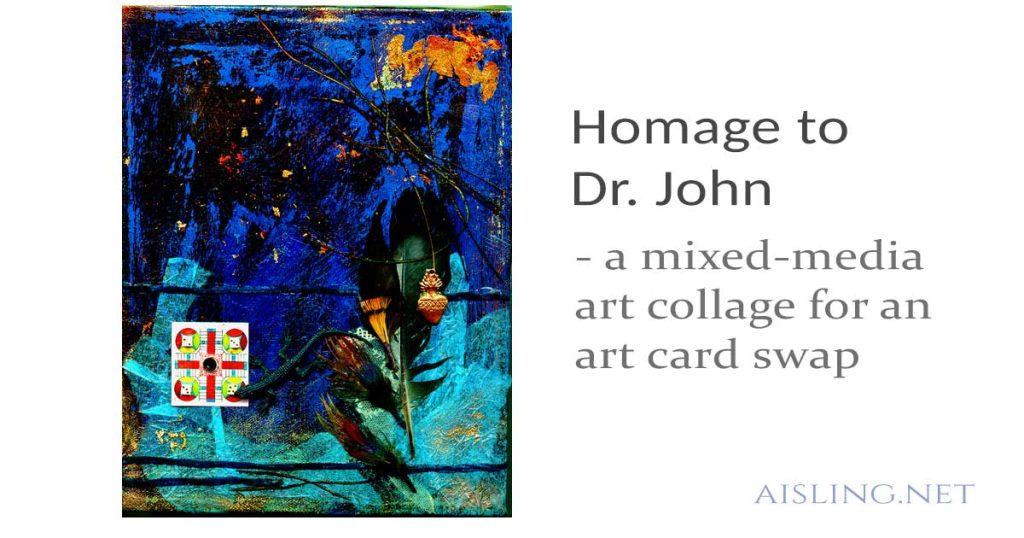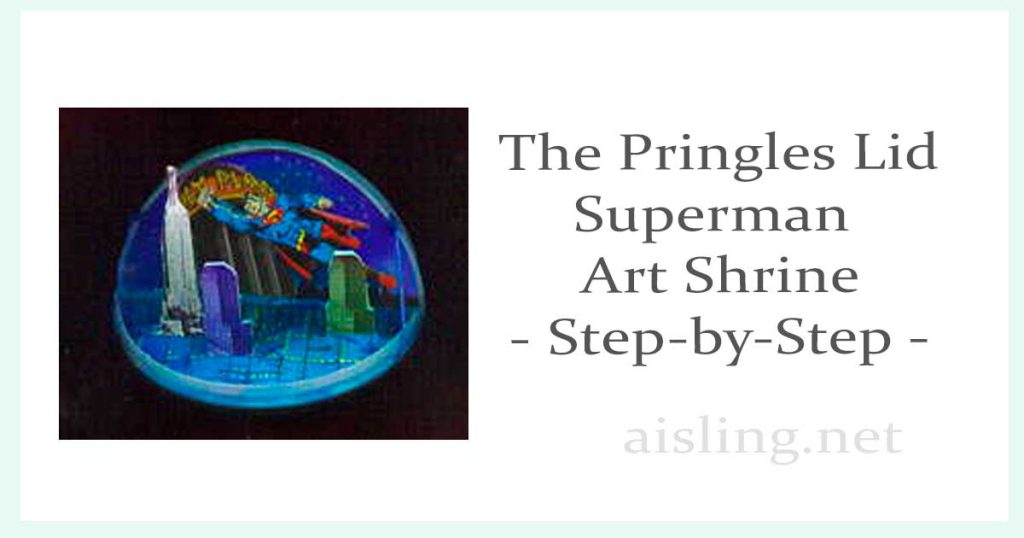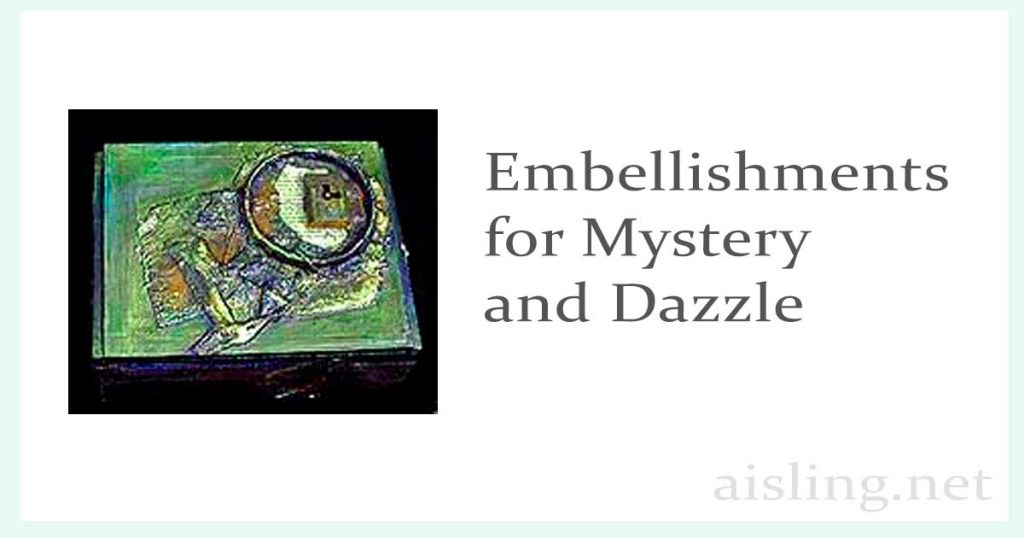Homage to Dr. John – mixed media collage
This is a collage to honor the music of Dr. John (aka Mac Rebbenack). It’s art I created for the Homage to Music card deck exchange hosted by Red Dog Scott. Dr. John is among my favorite musicians, since I first heard his music around 1970. On an early album, Gumbo, he described his sound […]
Homage to Dr. John – mixed media collage Read More »





